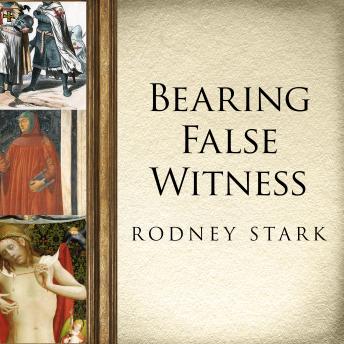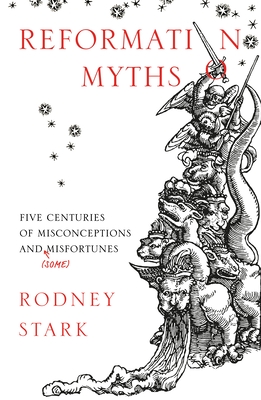
In The New York Times, Ross Douthat pointed out in “ The Overstated Collapse of American Christianity” that “Lukewarm Christianity may be declining much more dramatically than intense religiosity,” and that “The waning of Christianity may be still as much a baby boomer story as a millennial one.” But the story is very different from what we think. It has gotten worse since 2015, I grant you. Popular literature from The Scarlet Letter to Huckleberry Finn and beyond disrespected religion, and the enlightenment rejection of religion was strong in American leaders from our nation’s founders to our school system’s founders.īut Gallup figures show that Church attendance in 2015 was about where it was in the early 1940s. If you think about it, it stands to reason. But this was not typical of our past.Īt the end of the 20th century, Rodney Stark published The Churching of America which shared some remarkable statistics, including this great graph showing the steady rise of Christian adherence in America from less than 20% in 1770s to 61% in the 1990s. It is true that there was a highly religious decade or two in America after World War II, and that we have fallen from that height. We start by overstating how religious America was in the past.

Second, in America, Christianity isn’t collapsing.Ī number of misunderstandings have left us such that we think that Christianity is worse off than it really is. Perhaps the greatest story of all is Africa, where populations of Christians of all kinds, including Catholics, grew enormously in the 20th century - from 10 million Christians in 1900 to 400 million in 2000 - and are growing still.

India has five times as many Catholics as Ireland, which is impressive enough, but even more so when you remember that Indian people are the “new Irish,” traveling the globe as entrepreneurs, scientists, customer service agents, and more.

There is a great positive story to tell here: There will likely be more churchgoers in China than in America by 2030. “74% say that religion is an important part of their daily lives.” “Surveys of more than a million people living in 163 nations show that … 81% claim to belong to an organized religious faith,” wrote Stark.


 0 kommentar(er)
0 kommentar(er)
